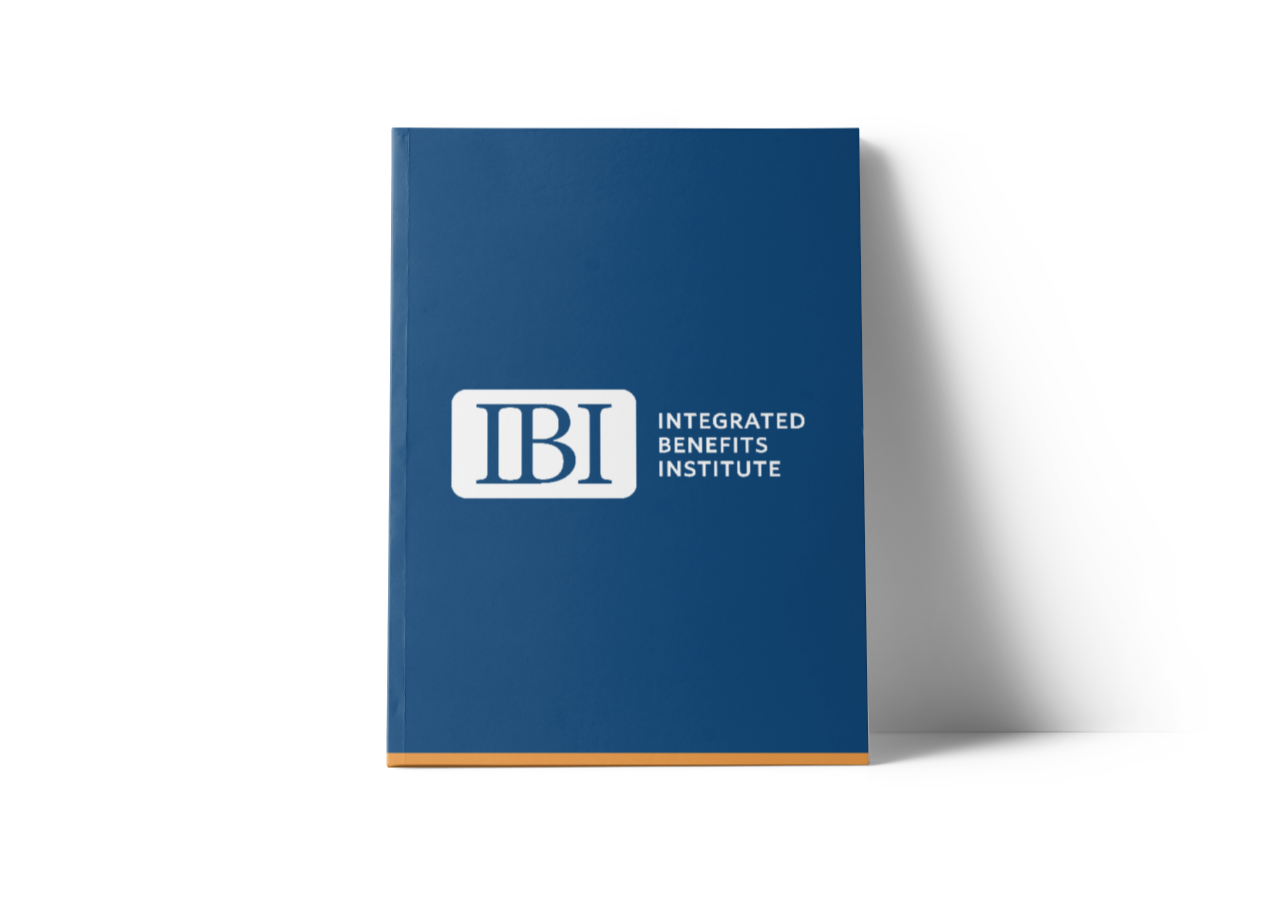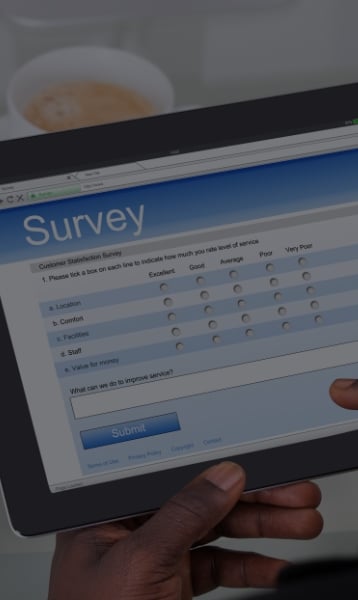This interactive portal improves the analytic experience so you can easily interact with data.
Managing Health and Productivity in the Age of Coronavirus: The Professional Healthcare, Wellbeing and Absence Management View

Last updated: May 5, 2020
The Coronavirus Pandemic
The novel coronavirus (COVID-19) outbreak beginning late in 2019 has reached pandemic proportions, affecting individuals, institutions, and businesses. Public health agencies such as the Centers for Disease Control and Prevention (CDC) and the World Health Organization (WHO) have issued guidance for employers to help curb the transmission of COVID-19. For employers, these resources provide invaluable information on the importance of encouraging sick or exposed employees to stay home, hygiene in the workplace, and safety while traveling. Given the rapid development of the pandemic, guidance such as limiting the size of face-to-face meetings and events has been upended by cancellations, corporate travel bans and local “shelter in place” orders.Closing the Health and Productivity Guidance Gap
What is unclear from these guidance statements is how employers can best manage the day-to-day practicalities of business continuity while simultaneously processing sick day, leave and time off requests under unprecedented circumstances. What’s more, while switching some employees to remote work might lessen some of the productivity impact of adapting to pandemic conditions, it does not lessen the need for care management among employees with chronic conditions and health promotion efforts that enable other employees to continue working at a high performance level. To help close this information gap, IBI reached out to health care and absence management professionals in its member community for employer guidance on managing the health and productivity of their workers, complying with current regulations, and preparing for emerging contingencies.i We gathered material through personal correspondence, a snap survey, and from client-focused coronavirus web pages, blog posts, and guidance statements.ii Our summary of guidance for four key health and productivity areas—including critical areas where guidance is not yet widely available—is provided below. These areas and the guidance provided will be updated as more information is made available and as events further develop. Employers seeking detailed guidance are encouraged to consult the original resources or their current supplier partners. IBI is also making IBIBridge, an online networking platform, available for employers to share strategies, perspective and questions around COVID-19 impacts. Join the conversation here. Contributors and Source MaterialGuidance Sections
Managing leaves during times of uncertainty
Leaves for diagnosed coronavirus
Leaves related to coronavirus response
Symptomatic but undiagnosed employees
Care resources for employees with chronic illnesses
Coping with Mental health issues/stress
Readiness to resume business operations
Managing leaves during times of uncertainty
Leaves for diagnosed coronavirus
At the time of this writing, there were more than 1 million confirmed coronavirus cases in the U.S., according to the Johns Hopkins University Center for Systems Science and Engineering (CSSE). Certifying leaves among diagnosed employees is fairly straightforward. Coronavirus will qualify for short-term disability (STD) benefits for eligible employees, as a serious health condition under the federal Family and Medical Leave Act (FMLA), and likely under state and local leave acts as well.Leaves related to coronavirus response
Symptomatic but undiagnosed employees However, leave policies may be more complicated for employees who are symptomatic but have not been tested or confirmed to have coronavirus. For example, an illness absence of undefined cause (or which is diagnosed as a qualifying condition such as the flu) that lasts long enough to exceed an STD elimination period may trigger eligibility for benefits. FMLA Without certification from a medical provider—which may prove hard to obtain under the current strain on the health care system and the lack of available coronavirus tests—job protection under FMLA may not be required, though employers may choose to voluntarily extend leave rather than insist on a potentially exposed employee’s return to work. The Department of Labor (DOL) currently encourages a flexible policy, to support both employees and pandemic mitigation strategies. Workers’ Compensation Additionally, coronavirus infections that occurred in the workplace or during business travel may be covered under Workers’ Compensation (WC) rather than an employer’s STD policy. As in many cases of infectious disease, the challenge is determining where, when and how transmission occurred in to classify the diagnosis as work-related. Quarantine More challenging are cases where an employee is quarantined due to possible exposure to coronavirus or must remain home for childcare when schools are closed. For some employees, the recently passed federal law will provide temporary sick leave. The interim advice in other cases is to allow paid time off (PTO) where this is available. Otherwise, emergency policies that extend job protection and wage replacements under such circumstances may be implemented. For example, by broadening existing disaster and weather emergency continuity plans to include epidemics and pandemics. In all cases, employers should ensure that their policies comply with the Equal Employment Opportunity Commission’s (EEOC) pandemic flu guidelines and the recently passed Federal law.Care resources for employees with chronic illnesses
Many employees who live with chronic illnesses preserve their health and productivity by adhering to carefully designed care management plans. The priority of preventing the spread of coronavirus may disrupt workplace-based care management programs. Given instructions to self-isolate and maintain social distance, some employees who live with chronic illnesses may avoid visits to providers for essential care or to pharmacies for medications. Either scenario—in addition to time demands associated with caring for children who cannot attend closed schools or childcare facilities—can complicate efforts to manage chronic illnesses. The guidance below may help employees manage their chronic illnesses.- Access to virtual health resources, such as video- and telemedicine, can help avoid some disruptions to medically supervised care management plans.
- Coordinating pre-authorization for early prescription refills and the use of online/mail-order pharmacy benefits may also help ensure that employees can access medications that are essential for managing chronic conditions.
Coping with Mental health issues/stress
To state the obvious, pandemic of a novel, and in some cases, deadly, disease will provoke acute stress and anxiety in many people. Employees who struggle with mental health conditions such as anxiety , adjustment , or mood disorders (e.g., depression) may be at particular risk of a serious episode during and after the crisis. Financial pressures brought on by temporary furloughs (for example, as a result of a drop in demand for a company’s services due to “shelter in place” restrictions), and even isolation among employees who are temporarily working from home, may trigger acute mental health symptoms. The guidance below may help employees cope with stress and mental health issues.- Keeping in regular contact with employees who are working from home and ensuring they have what they need to be productive in their new setting may help alleviate some risk of social isolation.
- To help employees cope with the stresses brought on by the pandemic and connect with professional mental health resources when necessary, employers may consider redoubling communications about their Employee Assistance Plans (EAP). EAPs have established themselves as a valuable benefit for employees in times of need, yet these programs are also notoriously underpromoted and underutilized.
- Employers should also confirm that their healthcare benefits comply with federal and state mental health parity rules. Ensuring access to substance abuse resources should also be considered.
Readiness to resume business operations
When the pandemic ends and employers are cleared to open their doors again, business may not resume as it did prior to COVID-19. The guidance below may help employers prepare to resume business operation as the pandemic situation improves.- It is likely that many businesses will reopen while the coronavirus remains active, but at levels below an epidemic. Businesses that have not remained open are advised to adopt and clearly communicate procedures for operating safely, such as the proper use of face coverings in the workplace.
- In addition to restarting shuttered operations and rescaling others, organizations will want to ensure that their employees can manage any lingering health effects that developed or worsened during the pandemic. This could include adjustment disorders such as post-traumatic stress disorder (PTSD)—meaning that the importance of guidance on coping with stress and other mental health issues will persist.
- Existing continuity plans that address recovery from disasters and weather emergencies may be applicable to pandemic contingencies. Organizations that do not have continuity plans may wish to consult the Federal Emergency Management Agency (FEMA) for extensive advice on maintaining and resuming business operations.
- On the other hand, many companies may wish to draft continuity and recovery plans specifically for pandemic emergencies. However, unlike natural disasters—which tend to be localized in impact and therefore devolve decision-making to local managers who can best assess business needs—pandemics and epidemics will likely require planning, coordination, and decision-making at the highest levels of the organization, in concert with local, state, and federal authorities.
- Recovery plans should include addressing lines of communication between the organization and all levels of government, and action plans for conveying accurate, timely information on current conditions and available public resources to all employees.
- The Occupational Safety and Health Administration (OSHA) provides guidance on preparing work environments that will minimize the risk of disease transmission and re-contagion when employees return to their duties.
- Leaders should consider conducting after action reviews to assess what is currently working and what course corrections were taken in the wake of ineffective approaches. A critical component of this process will be input from employees and supervisors—particularly about their experiences accessing necessary care resources, staying engaged with their duties and connected with their coworkers, and any gaps in support.
- Establishes a federal emergency paid leave benefits program to provide payments to employees taking unpaid leave due to the coronavirus outbreak
- Requires employers to provide paid sick leave to employees


















